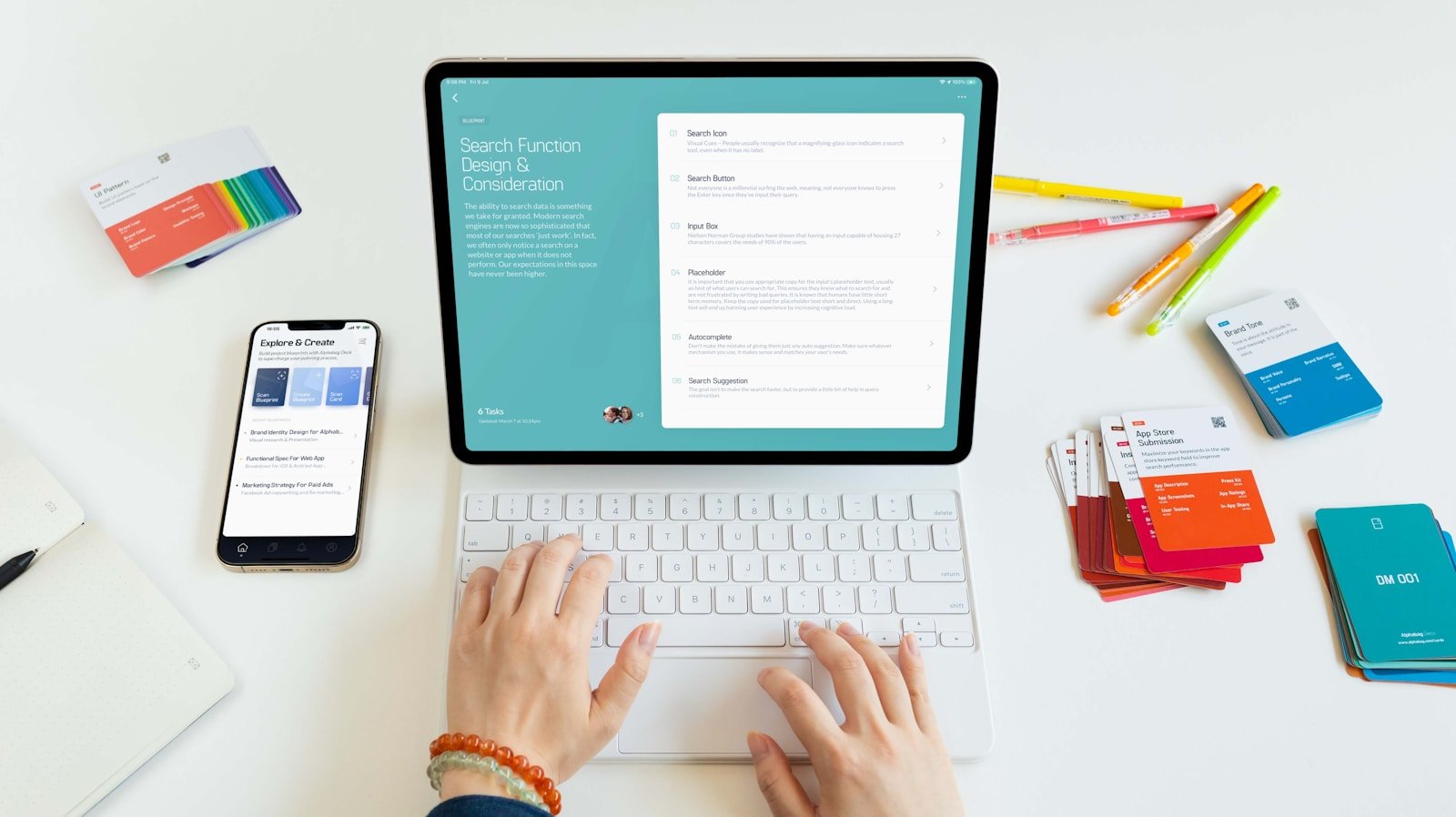Yes, project managers still use Gantt charts widely in project management today. Despite the rise of various other project management methodologies and tools, Gantt charts remain a staple for planning and tracking project timelines, especially for complex projects. They are particularly useful for visualizing tasks, schedules, and dependencies in a way that is easy to understand and manage.
Why Gantt Charts Are Still Relevant
1. Visualizing Project Timelines:
Gantt charts offer a clear visual representation of the timeline of a project. They show tasks, their start and end dates, and how tasks overlap or depend on each other. This helps project managers see the overall flow of the project and ensure tasks are completed on time.
2. Managing Task Dependencies:
One of the key strengths of Gantt charts is the ability to show task dependencies. Project managers can see how one task’s completion affects others, making it easier to manage timelines, avoid bottlenecks, and ensure smooth progress.
3. Tracking Progress:
Gantt charts are an effective tool for tracking project progress. They allow project managers to monitor whether tasks are on schedule, behind, or ahead of time. This makes it easier to adjust resources and timelines as needed.
4. Communicating with Stakeholders:
Gantt charts are easy to understand and provide a quick snapshot of the project’s status. This makes them ideal for communicating with stakeholders, team members, and clients who need to see an overview of the project without diving into the finer details.
Industries and Projects Where Gantt Charts Are Common
1. Construction and Engineering Projects:
Gantt charts are especially useful in industries like construction and engineering, where managing timelines and dependencies across multiple phases and tasks is crucial.
2. Software Development:
While agile methodologies like Scrum and Kanban have become popular in software development, Gantt charts are still used for high-level project planning, especially for large projects with longer timelines and multiple teams.
3. Marketing and Event Planning:
Marketing teams and event planners use Gantt charts to organize campaigns, track deadlines, and manage multiple moving parts within a single project.
Alternatives to Gantt Charts
Although Gantt charts remain popular, other project management tools and methodologies offer alternative ways to manage tasks and timelines:
Kanban Boards: Tools like Trello or Microsoft Planner use Kanban boards to track tasks in a more dynamic, visual format. These are often preferred for agile and iterative projects.
Scrum and Agile Tools: In agile project management, tools like Jira and Azure DevOps allow teams to work in sprints, focusing on short-term goals rather than long-term timelines.
Roadmaps: High-level project roadmaps provide a broader overview of project phases without the detailed task breakdown of Gantt charts.
Tools That Support Gantt Charts
Many modern project management tools continue to support Gantt charts, making them more accessible and interactive than ever. Some of the most common tools include:
Microsoft Project: Offers detailed Gantt chart functionalities for complex project management.
Smartsheet and Monday.com: These platforms offer flexible Gantt chart features that integrate with other project management tools for real-time collaboration.
Microsoft Planner (with Plan 1 upgrade): Includes Gantt-style timeline views when used with upgraded features.
You might also be interested in:
Can Microsoft Planner do or create a Gantt chart?
What is the difference between Microsoft Planner and Microsoft Project?
